The Berlin Wall fell figuratively on 9 November 1989 and literally in the following days as it was chipped away piece by piece by Berliners.
The wall sprung up almost overnight in the summer of 1961 and held up for almost three decades. It divided Berlin (geographically found in the Soviet territory) into two territories – one for Allies from World War II in the west and one for the Soviet Union in the east – and was the culmination of a power struggle from the war.
Soviets and Allies fought over the control of Berlin long before the wall was built. At first, Berlin was divided without an impassable physical border between the allied Americans, French and British, and the Soviets on the other side – with each getting a zone. That division was a result of World War II and created a major and flourishing capitalist city in the communist Europe, much to the discontent of the USSR.
And so the Soviet Union tried blocking access to West Berlin to purge the Westerners out, but the Westerners supplied the city by air in what was later called the Berlin Airlift. The Americans, Brits and the French on the other side even seemed to have in mind a unification of their sectors of Berlin and even created a joint currency. And the Russian attempts at gaining control were failing.
Over the 1950s, the Cold War progressed, and the USSR efforts were encouraged by the successful launch of the Sputnik satellite. Meanwhile, Easterners kept migrating to the capitalist Western Berlin, leaving the East without many of its young doctors, teachers, scientists, and other highly valued workers and students. Building a wall seemed like a very simple way to put a stop to their flow to the other side.
And so in August of 1961, the Berlin Wall sprung up and suddenly made it impossible to cross the border to go to work or to see a play, it divided families and friends. People who tried to get over and got caught were killed, or killed themselves trying to get across. A few succeeded. Getting in and out of the Western bubble in the USSR was now officially only possible using one of three checkpoints.
Until 1989, as the USSR was losing its hold on eastern Europe, it was decided that people would be once more able to cross without a threat to their life. The announcement was followed by what was essentially a street party. Berliners drank in the streets and brought hammers to pick away at the concrete that had been standing between them and their loved ones for almost 30 years. Their efforts were soon joined by machinery and the wall was taken apart. Its remains are still in Berlin, standing as a symbolic divide between the East and the West, and a memorial to celebrate and to educate.


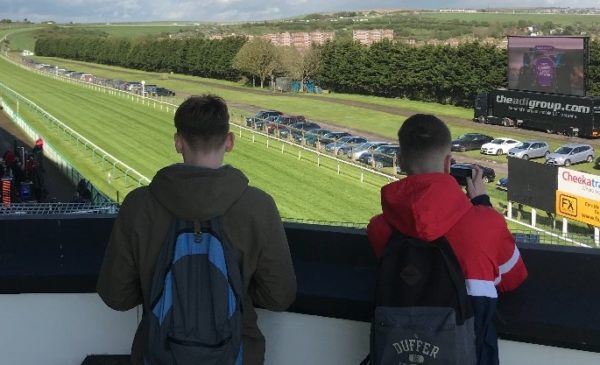


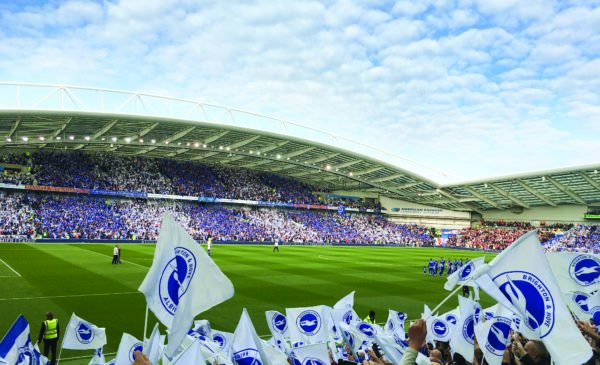
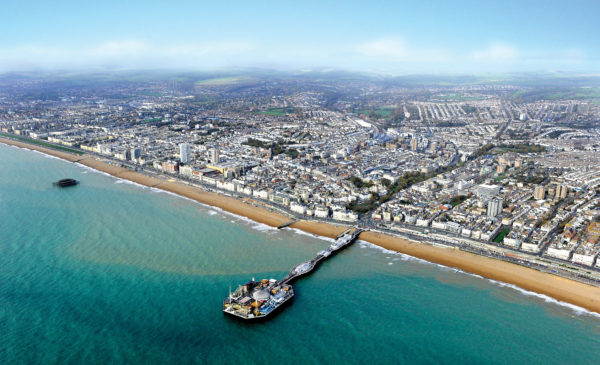
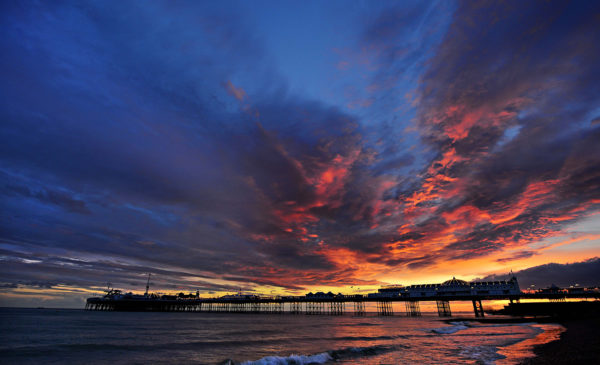
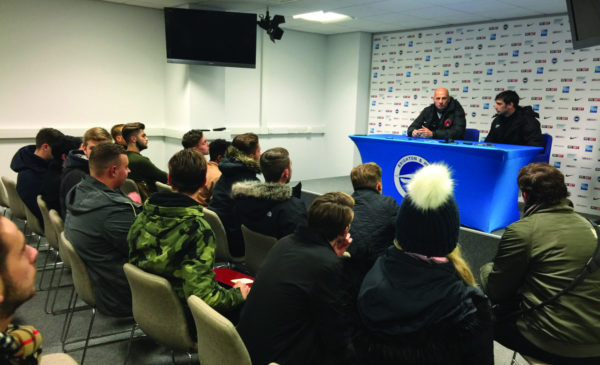
I was there during the cold war era in the military police. I used to patrol the Berlin Wall, and exercise our rights under the SOXMIS agreement with the Russians, to enter East Berlin whenever we wanted, and speak with East Berliners. We were also responsible for prisoner/spy exchanges on the Glienicke Bridge (Bridge of Spies).